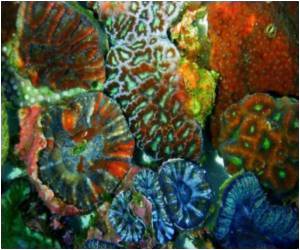
Applying a pulse of heat or ultrasound to a fluid can produce bubbles that initially expand rapidly, before collapsing suddenly when the pulse ends.
Pei Zhong and his team knew that the collapsing bubbles send a pressure wave through the surrounding fluid, and that oscillations at the surface of the bubble can generate a needle-like jet.
The problem is predicting where the jet will go, and how powerful it will be.
"Previously, there has been little control in jetting direction, and it has been hard to control the strength of the jet," New Scientist quoted Zhong as saying.
Now the team has shown that when pairs of bubbles collapse in close proximity, they interact in a predictable way.
Advertisement
The first pulse produced a bubble of vapour 50 micrometres across, and the second produced another bubble close to the first. As the bubbles cooled and contracted, their surfaces began to oscillate, creating vortices in the surrounding fluid.
Advertisement
This should provide the degree of control necessary for a targeted drug delivery system, said Zhong.
The size of the bubble is crucial, as it dictates the size of the jet, he said.
"We want to produce a tiny jet that can penetrate a cell without killing it," he added.
The researchers tested their bubble needle on cells obtained from a rat tumour.
High-speed photography showed that the microbubble pair could be made to collapse in such a way that the jet of blue dye created a hole between 0.2 and 2 micrometres across - allowing the jet of liquid to enter without instantly destroying the cell.
This shows the jets are suitable for targeting drugs at cells within the body, Zhong says.
He says that it should be possible to use microbubble pairs generated by ultrasound rather than lasers as a clinical drug-delivery system.
The study has been published in Physical Review Letters.
Source-ANI














